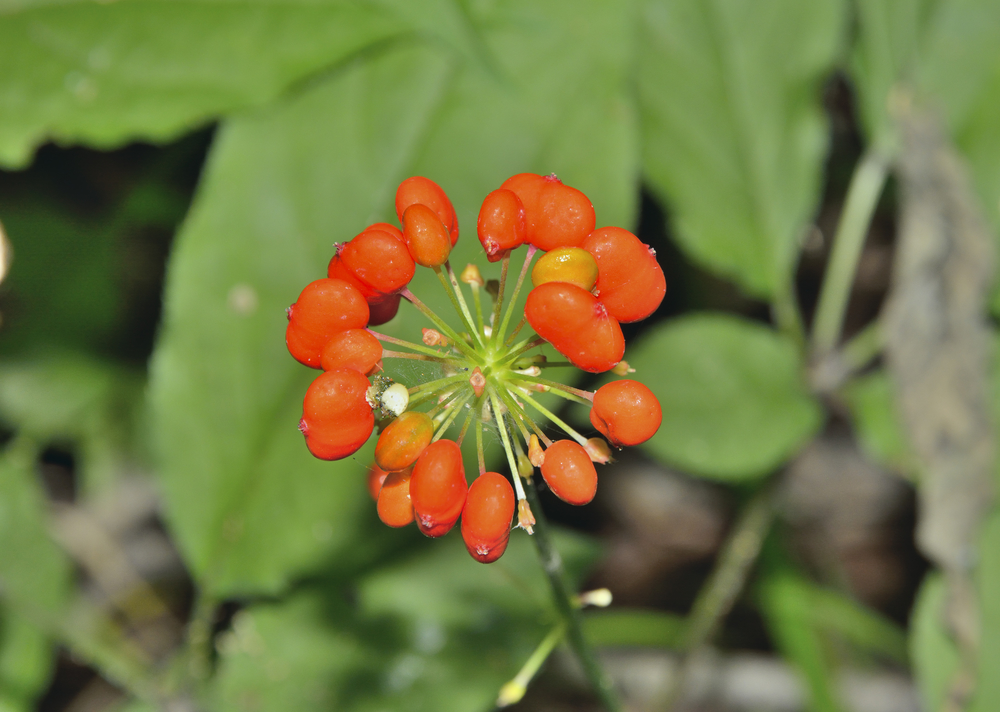Less polar ginsenosides like Rk3 and Rh2 show stronger antimicrobial activity
 Ginseng is a traditional Chinese medicinal herb that has been widely used for various health benefits. Its pharmacological activities are attributed to the presence of active substances, called ginsenosides.
Ginseng is a traditional Chinese medicinal herb that has been widely used for various health benefits. Its pharmacological activities are attributed to the presence of active substances, called ginsenosides.
To date, about 280 types of ginsenosides have been identified, and they have been found to exhibit great pharmacological values in fighting oxidative stress, bacteria, inflammation, and even cancer.
Ginsenosides can be divided into prototype ginsenosides and rare ginsenosides. Prototype ginsenosides are naturally occurring substances in ginseng while rare ginsenosides only can be obtained from the transformation of prototype ginsenosides using different methods.
When investigating the structure-activity relationship among ginsenosides, researchers have found that the activity of a ginsenoside increases with the decreasing sugar moiety and that rare ginsenosides that are less polar in sugar numbers show stronger bioactivity than polar prototypes ginsenosideS.
Generally, less polar ginsenosides (i.e. Rh2, Rg3, Rk3, Rg5, Rk1) are more bioactive than polar ginsenosides (i.e. Rb1,Rb2, Rc, Rg1, Re).
The findings were verified in a recent study published in the journal Industrial Crops & Products. Different from previous studies, the researchers of the study focused on exploring the relationship between antimicrobial activity and the amphipathic structure of ginsenosides.
The antibacterial activities of nine rare ginsenosides (i.e. 20(e)-Rh4, Rk3, 20(z)-Rh4, Rh2, 20S-Rg6, F4, 20S-Rg5, Rs3, and RK2), which were obtained by heat transformation, as well as ten common polar compounds from stem and leaf saponins, were measured in the experiments.
The researchers analyzed and found that less polar rare ginsenosides with lower sugar moiety showed better bacterial inhibition in the experiments. They concluded that the antimicrobial effects rank from high to low: saponins containing one glycosyl group > aglycones > two ligands > more than two ligands.
To explore the possible mechanism behind this trend, researchers further introduced the values of hydrophile–lipophile balance of ginsenosides as physicochemical factors.
The results suggest that less polar ginsenosides like Rh2 and Rk3 show a stronger affinity with bacterial membrane and can better destroy the stability of the bacterial membrane system and cause bacterial cell collapse.
The study is useful to clarify the superiority of less polar ginsenosides in antimicrobial activity. Likewise, less polar ginsenosides also exhibited better antitumor activity than polar ginsenosides in some studies.
In the current market, there are few high-quality rare ginsenoside products, since a few companies own proprietary technologies in isolating and transforming less polar ginsenosides in large amounts.
However, there indeed is a remarkable rare ginsenoside brand on Amazon and it features sixteen less polar rare ginsenosides with a concentration reaching 20%.
Reference:
Xue, Peng & Yang, Xiushi & Zhao, Lei & Hou, Zhaohua & Zhang, Ruoyu & Zhang, Fengxiang & Ren, Guixing. (2020). Relationship between antimicrobial activity and amphipathic structure of ginsenosides. Industrial Crops and Products. 143. 111929. 10.1016/j.indcrop.2019.111929.


